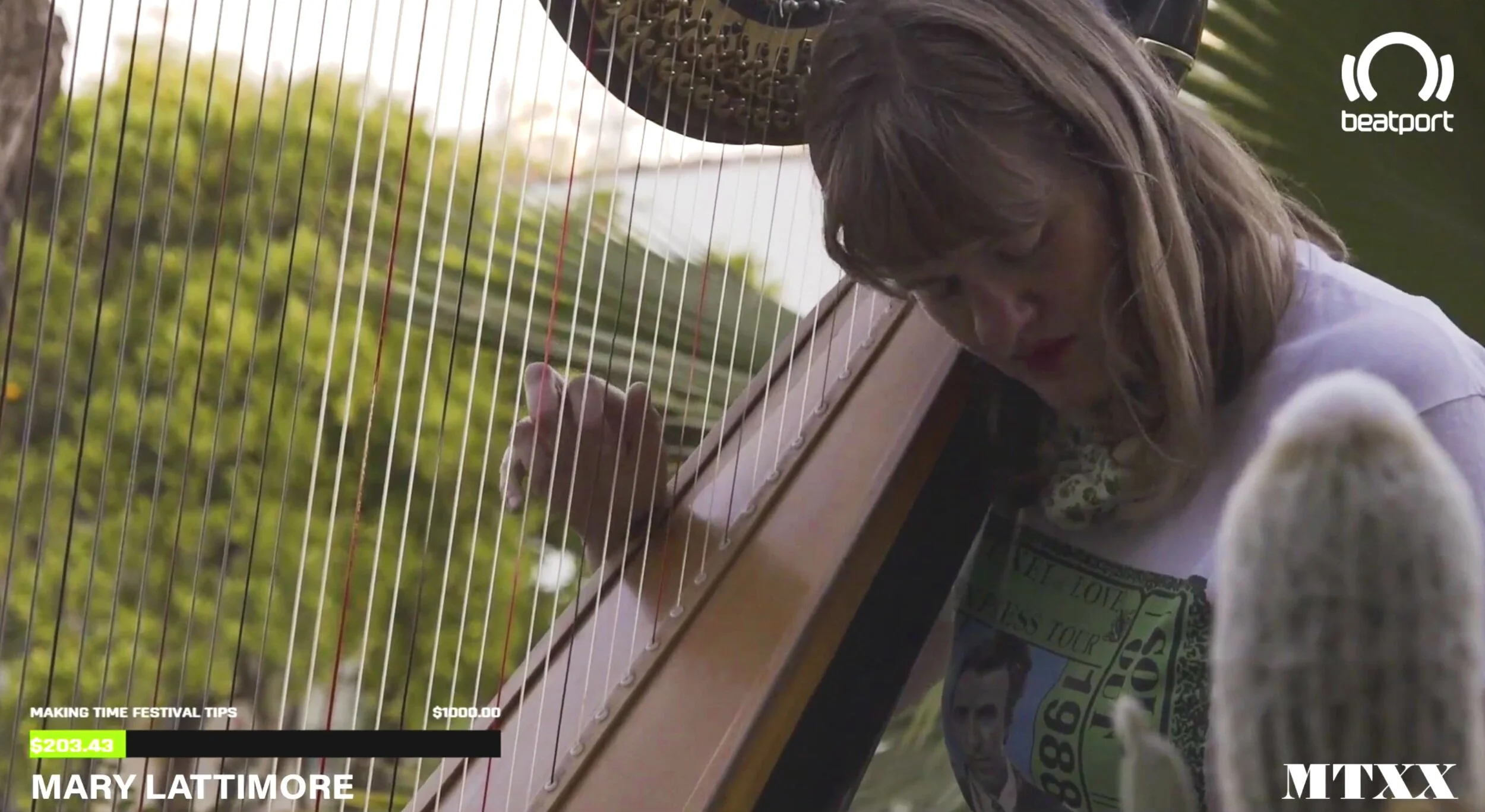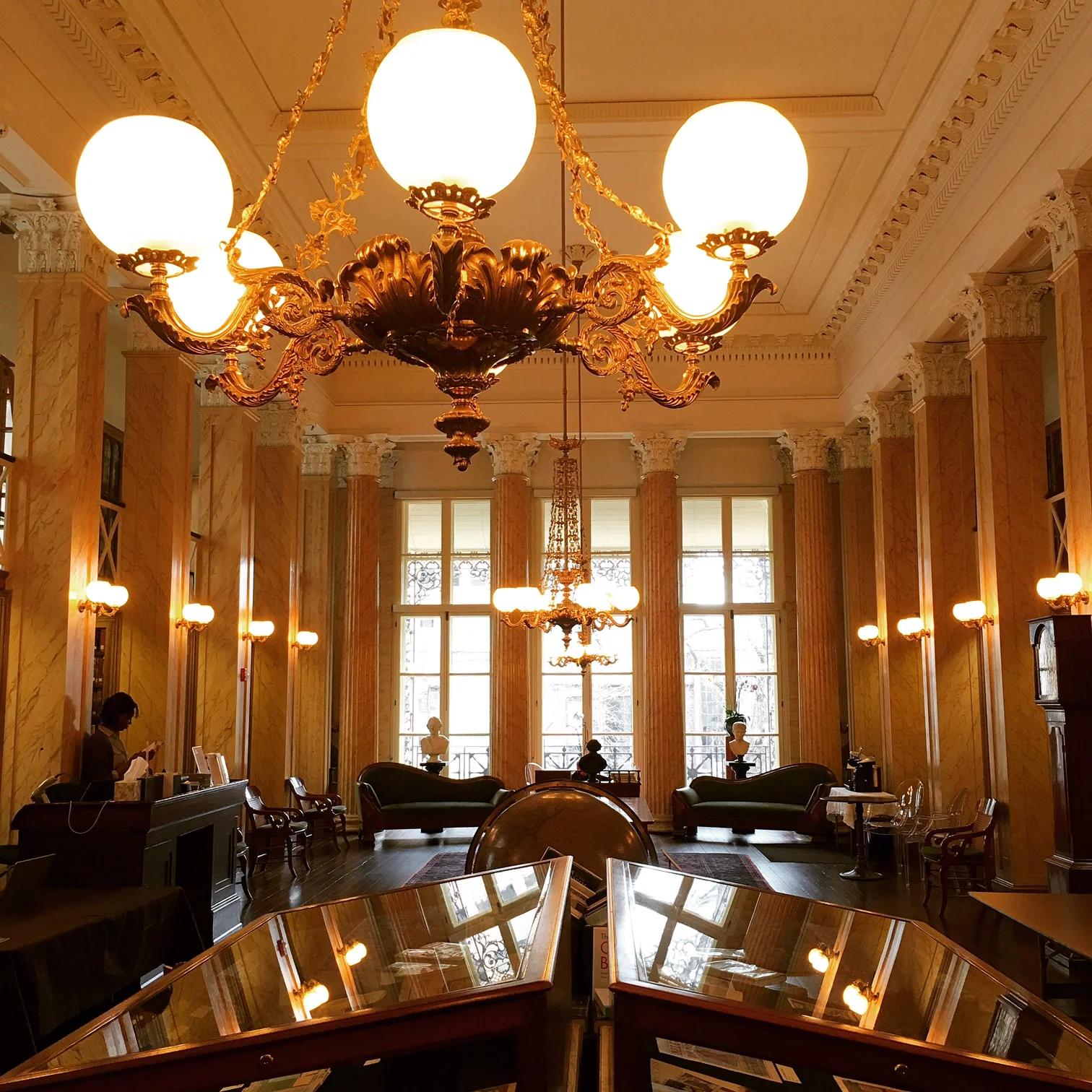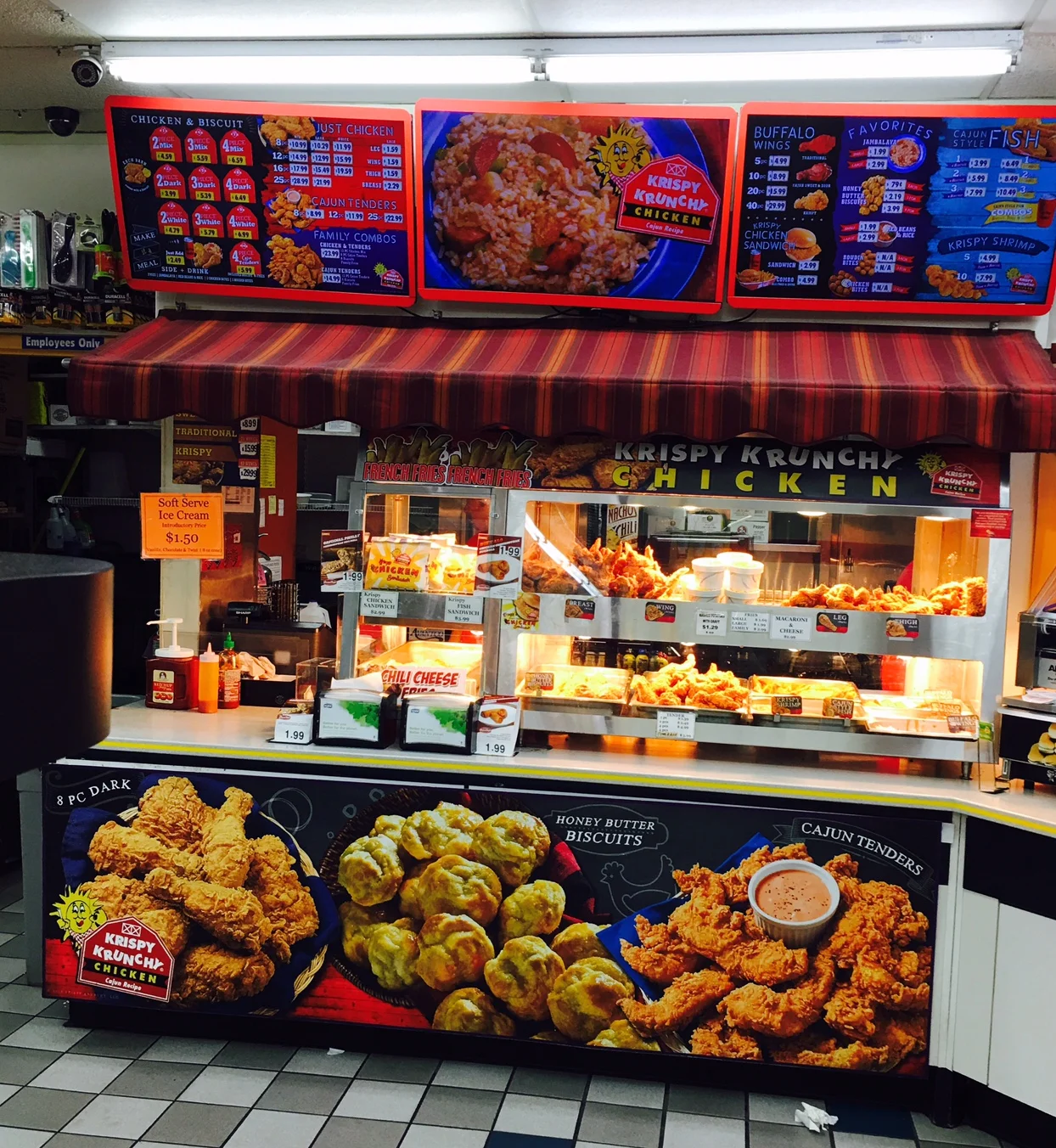Letter From Society Hill
At the very moment Society Hill should be opening itself up, the neighborhood is giving signal after signal that its wish is to close itself off.
A lonely courtyard in evening on the I.M. Pei-designed Bingham Court.
BY JOEY SWEENEY | Society Hill, as we currently experience it, was born in white arrogance, and by the looks of things, the sun may set on it that way, too. Its modern origin story is tied up with Ed Bacon’s bold vision of gentrification and the kind of softly triumphant minimalism of the I.M. Pei -designed buildings casually littered around the neighborhood (what other neighborhood in the world rolls like this?), but that origin story was always at the cost of other people and other ways of life. The neighborhood as we know it today was, in effect, engineered to displace other people. And it’s beginning to feel like the costs of all of that, more than 50 years down the canyon of time, are finally coming due.
Spoiler: The neighbors have not handled the news well. To all of what follows here, the landowning class here has responded largely in a singular fashion: the unforced error of the Baby Boomer, simultaneously put-upon and privileged, with a generational style of selfishness. In this regard, Society Hill is like everywhere and everything else in America right now: compromised by the hubris of the idea that we’re all individuals first and that living together comes second.
Three tests of the neighborhood’s will have come across over the last few years, and the louder voices here have generally proved that its will is both unkind and unwise, adept at mortgaging its future to live in a spiteful present.
First, the neighborhood engaged in a lengthy tussle with a local developer who wanted to build an apartment building at 5th and Spruce, where there had been for years a supermarket and a state store — which had ironically been a part of the neighborhood’s initial plan that also included a healthy amount of eminent domain and red tape magically disappeared back in the day. So fiery was the NIMBY in the proceedings (odd when the neighborhood’s borders themselves have always been articulated by buildings such as these) that in the process, we kept the ACME but lost the war. The developer folded, but we’ve already lost the liquor store, and the land both properties sit on sold earlier this year to an out-of-town developer, thereby setting up the another-day that we’re either living to or for.
Then there were the bike lanes on Pine and Spruce. You will notice as you travel up and down either that both are, for the lion’s share of their runs, protected — a universal good. Here in Society Hill, though, they were roundly chanted down to the point that a group of neighbors hired their own study to statistically reinforce their dislike of them. It worked: They never went in here. As both a bicyclist and resident, every time I notice the difference between the lanes where they change, my inner monologue does the same bit: Welcome to Society Hill: Quaintness over human life!
It’s that sentiment, too, that defines the current scuttlebutt: The hot debate over a new piece of legislation that aggressively downzones the neighborhood at large. Under the new law, Society Hill is entitled “to create additional standards concerning height, parking, signs, and special reviews, and making related changes, all under certain terms and conditions,” in essence allowing the neighborhood to turn itself into a (very expensive) bonsai tree. One side says, correctly, that a law like this will make pretty much sure that there will never be affordable housing built in this neighborhood — important because it was robbed of its chance at that by the twinkle in Ed Bacon’s eye a lifetime ago now — while the other side (the side that whined the bike lanes into unprotected submission) lobbied successfully for the law’s passage on the grounds of, you guessed it, preserving Bacon’s vision, as well as their own property values.
Both sides are kidding themselves, though one more than the other. The nature of Philadelphia’s late-stage-capitalism churn already tells us that affordable housing is being chased from the whole of the Center City grid faster than we can even really process. And the chase effectively began here in Society Hill in the 1970s; we are in fact the cancer that now infects whole flanks of the city’s body. As a neighborhood, we had a chance to own that, but instead, it now (again) owns us.
The resulting kind of place you get is this: Where it used to be considered bad form for more than one house on a block to be up for sale, now the for -sale signs pop up all over the blocks. When those houses sell, many of them go to one visiting Comcast or big pharma exec or another, only to be flipped again when the exec goes up or down the chain somewhere else. (Often this happens serially to specific properties themselves; Delancey Street is haunted by corporate ghosts.)
There are nice things about the neighborhood — don’t get me wrong. It’s physically beautiful on a level that is humbling. We welcome Halloween like no other neighborhood in the city. You can’t walk two blocks without running into The Geator. But the community that Bacon arrogantly thought he was creating isn’t faring as well as it once did, either. The old guard of “original settlers” are aging out of the neighborhood altogether, and, if we are to generalize, the new type of person who buys here often does not understand city living in the first place and makes for an awkward neighbor. This, to me, is the saddest piece of it all — say what you will for the original gentrifiers, they did eventually settle into a somewhat organic relationship with their neighbors and surroundings. Now that they’re gone, what, or who, will come to replace them?
After all, our family only rented here because it was cheaper than 13th and Dickinson.
Read more about the history of Society Hill at The Encyclopedia of Greater Philadelphia.
Correction: An earlier version of this post erroneously detailed a height limit across the neighborhood outlined in the new law. The post has been edited to better convey the law’s contours.







